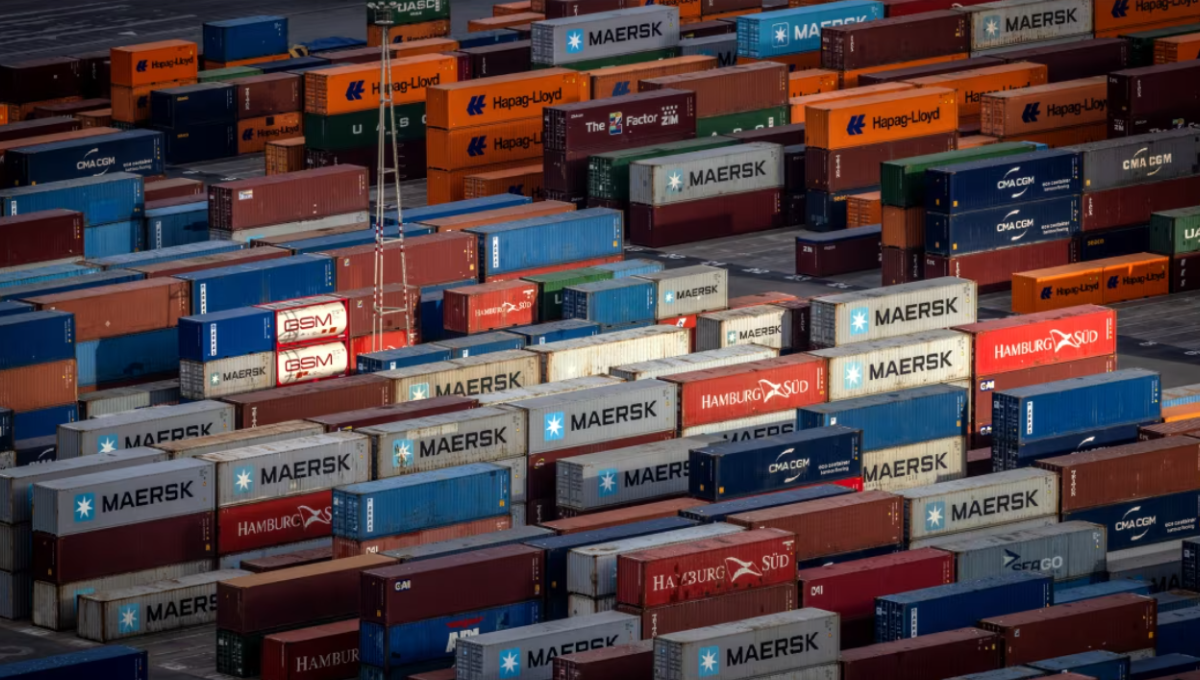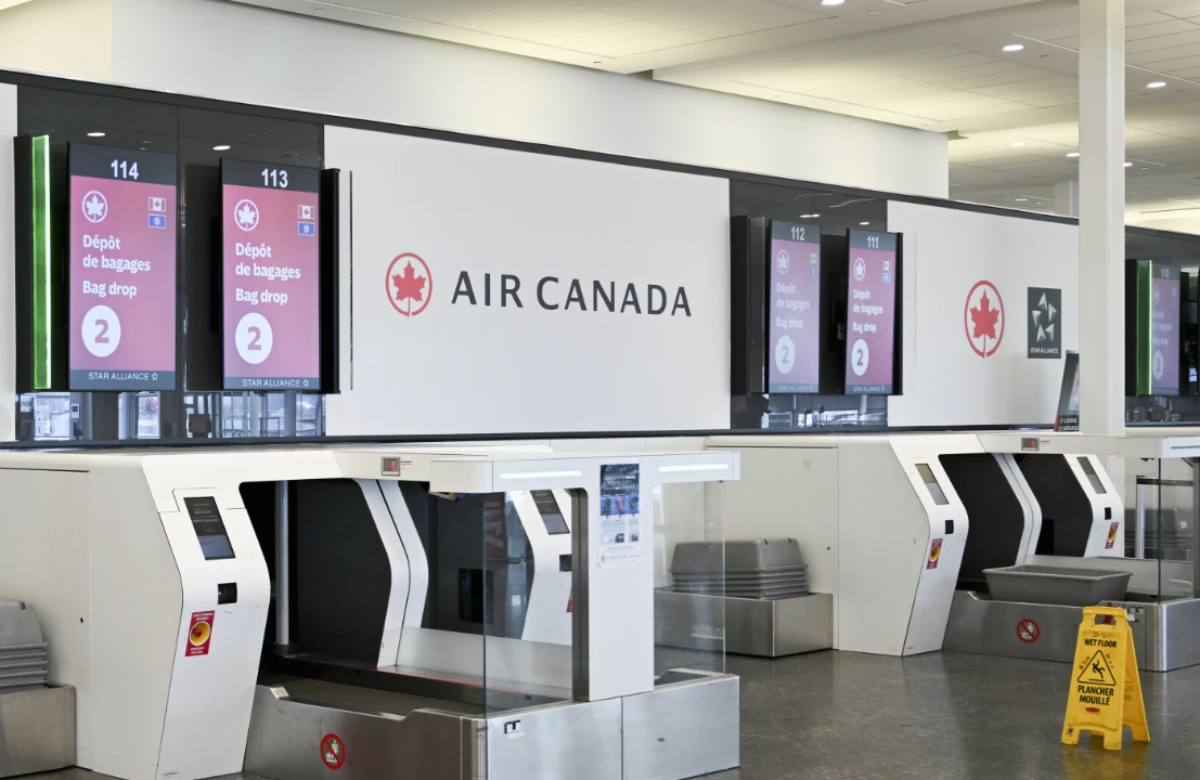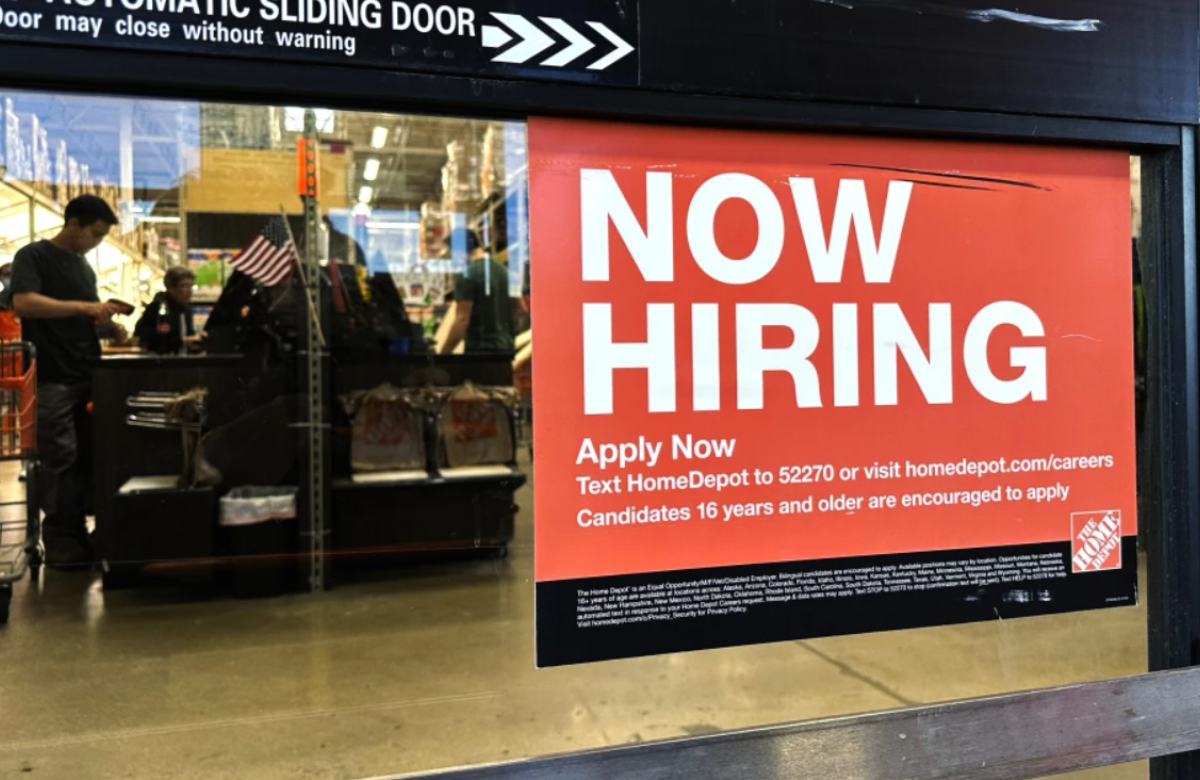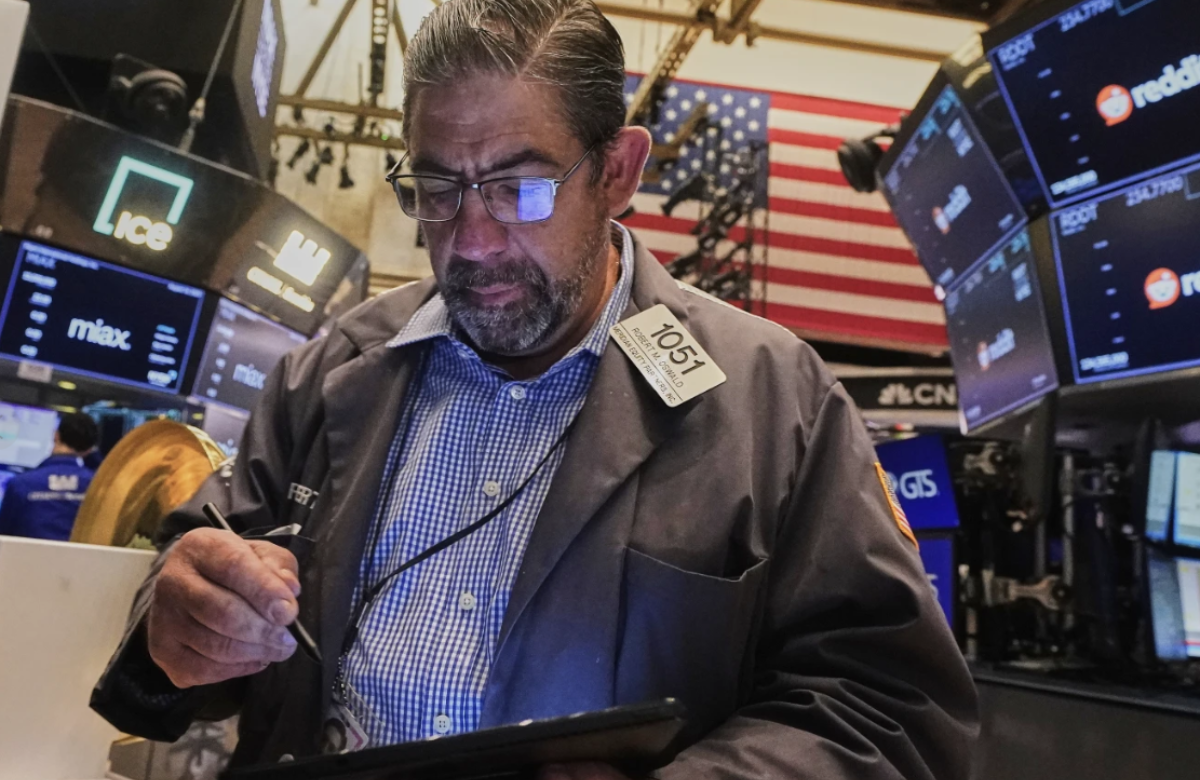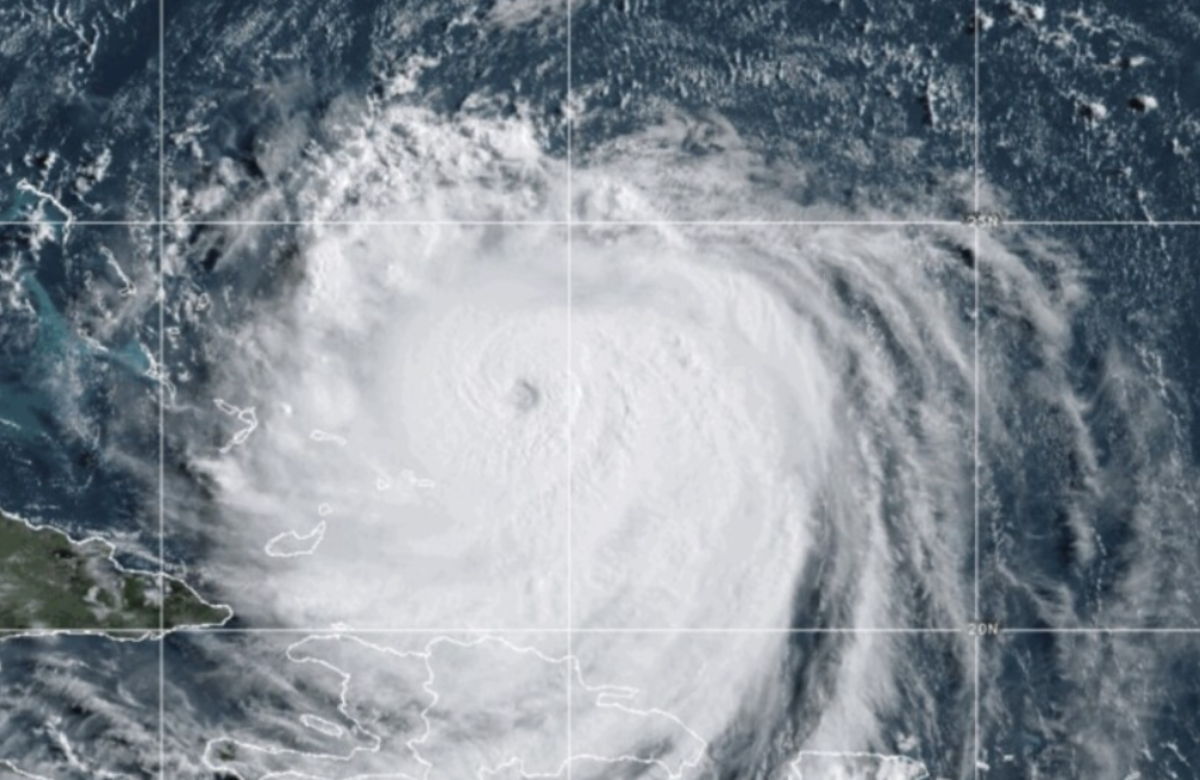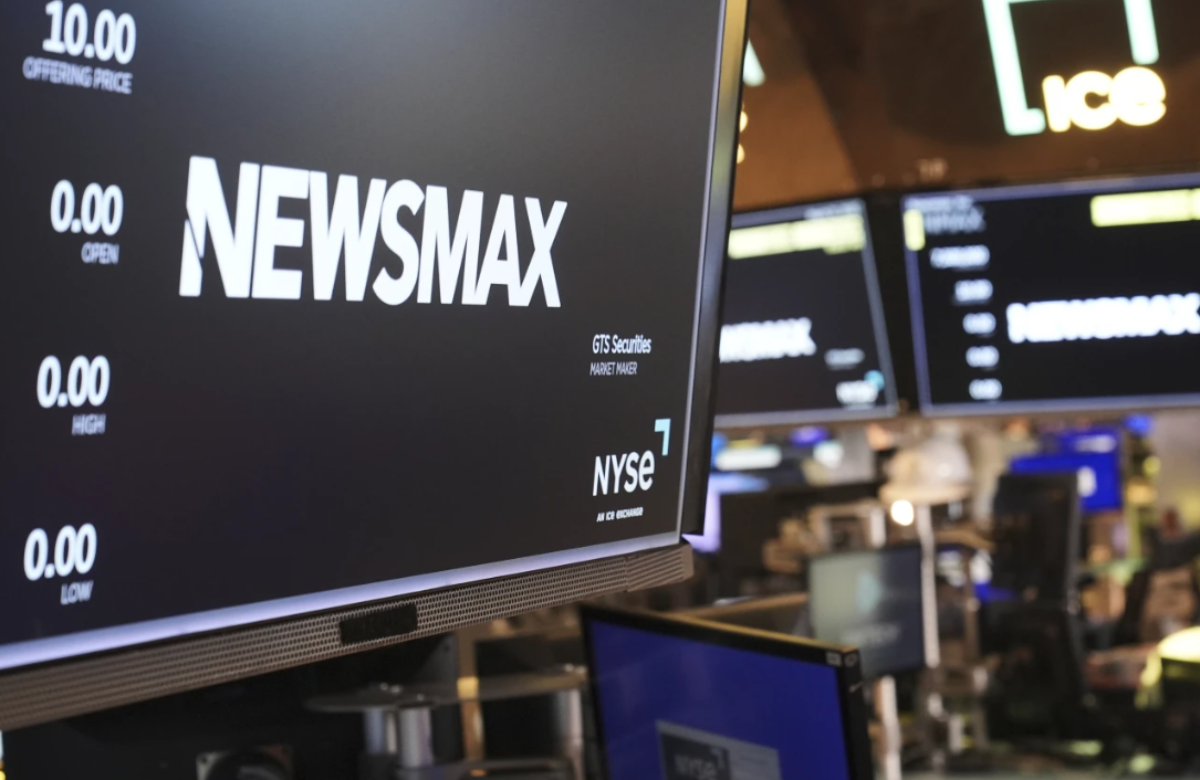President Donald Trump has announced a potential 30% tariff on goods from both the European Union and Mexico, escalating an already volatile trade agenda since his return to office in January. These two major U.S. trading partners now join a growing list of countries facing steep import duties under Trump’s revived tariff campaign.
In a message shared on his platform, Truth Social, Trump addressed European Commission President Ursula von der Leyen, stating that while the U.S. would continue engaging with the EU, future trade must be “balanced and fair.” Trump emphasized that despite the trade deficit with Europe, the U.S. would proceed with new tariff actions.
This year alone, Trump has implemented a series of tariffs — many of which have been introduced, adjusted, or suspended with little warning — creating uncertainty among businesses and international partners.
Starting August 1, imports from both Mexico and the EU are expected to face a blanket 30% tariff, with some exceptions like a separate 25% duty on automobiles. Letters addressed to both von der Leyen and Mexico’s new President Claudia Sheinbaum outlined these measures, which Trump claimed were necessary to combat unfair trade practices and, in Mexico’s case, the continued flow of fentanyl into the United States.
Von der Leyen responded by stating that the EU remains committed to working toward a solution before the deadline but warned that the proposed tariffs could seriously harm transatlantic supply chains, businesses, and consumers. She added that the EU would take all necessary steps to protect its interests, including implementing proportional countermeasures if needed.
French President Emmanuel Macron echoed those concerns on social media, urging the European Commission to accelerate plans for credible responses, including tools such as anti-coercion measures.
Mexico, meanwhile, objected strongly to the proposed tariffs. Economy Minister Marcelo Ebrard said a Mexican delegation conveyed during a recent meeting that the new trade barriers would amount to “unfair treatment.” Both sides are reportedly in talks to find an alternative that safeguards businesses and jobs across the border.
Trump’s letters included a stark warning: if other nations respond with retaliatory tariffs on U.S. products, his administration would respond by increasing U.S. tariffs further—adding their retaliatory percentage on top of the existing 30%.
The Trump administration has also cited concerns about non-tariff barriers, such as Europe’s value-added taxes and digital services taxes. These taxes, applied on gross revenues earned by tech companies — including advertising income, data sales, and subscriptions — have long been a point of contention. U.S. officials argue such taxes unfairly target American firms and hinder fair negotiations.
Two months ago, Trump had threatened a 50% tariff on European goods due to frustration over stalled trade talks. “I’m not looking for a deal,” he said at the time, citing the EU’s lack of cooperation.
The proposed 30% tariff now surpasses the 20% “reciprocal” rate previously in place before it was suspended in April. Following the renewed threat in May, Treasury Secretary Scott Bessent remarked that European proposals have not met the standards seen from other trading partners.
These latest letters come on the heels of Trump’s threat to impose 35% tariffs on certain Canadian goods just a day earlier, signaling a broadening trade clash that could have significant global repercussions.
Also Read:
Wall Street Wavers Following Trump’s Fresh Tariff Timeline
Asian supermarket customers brace for price hikes as Trump tariffs take effect
